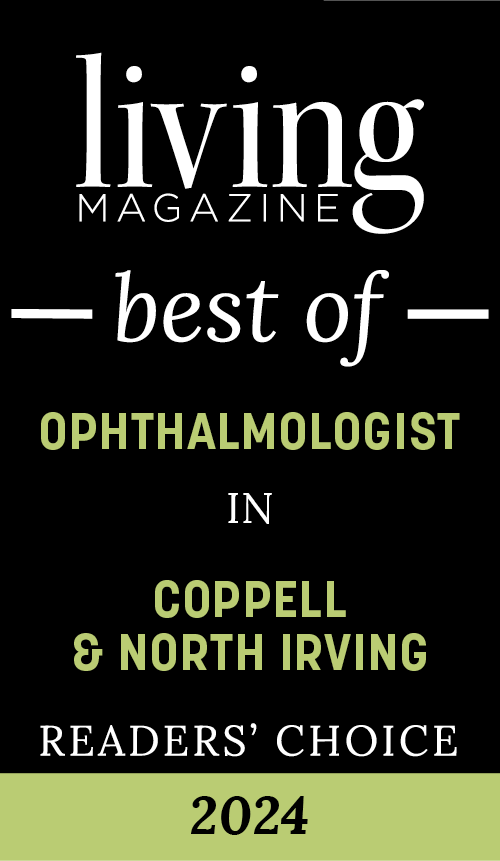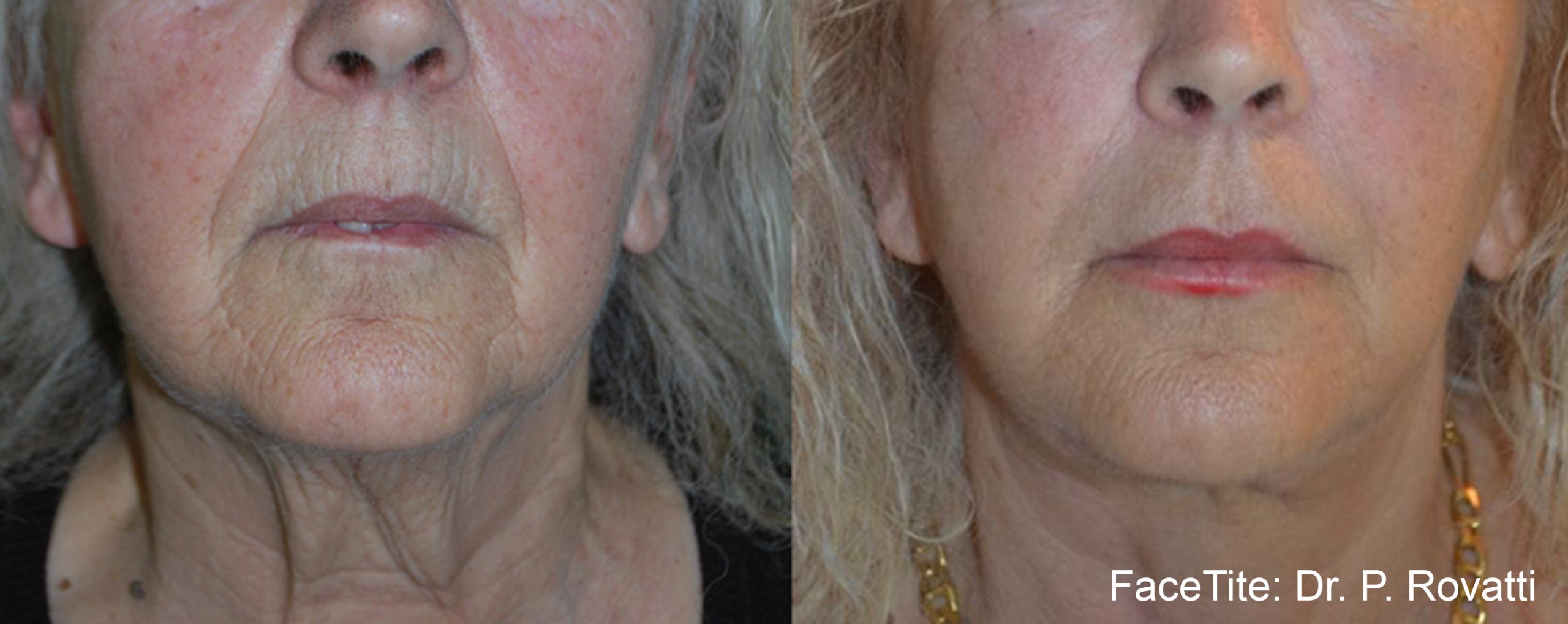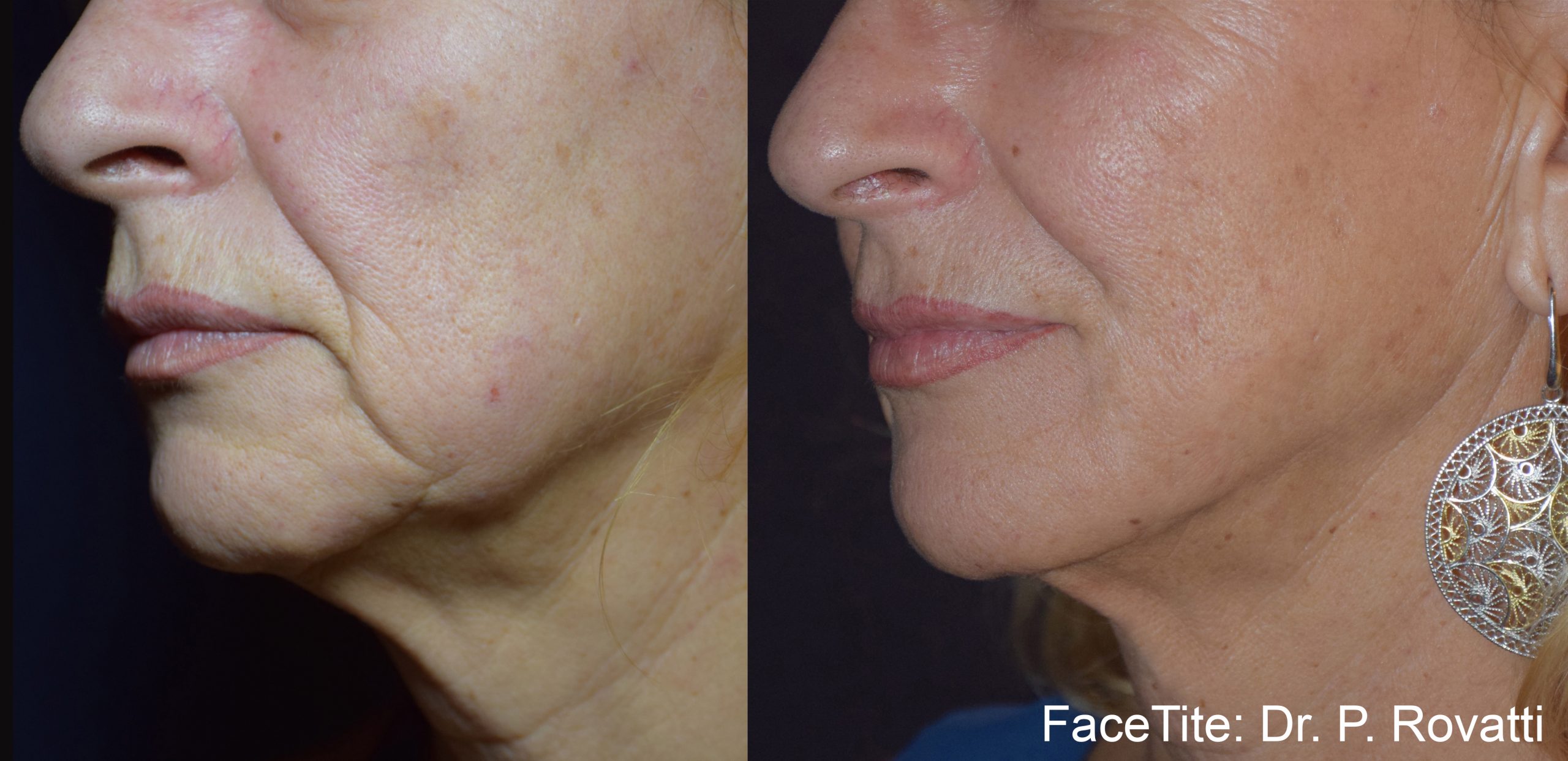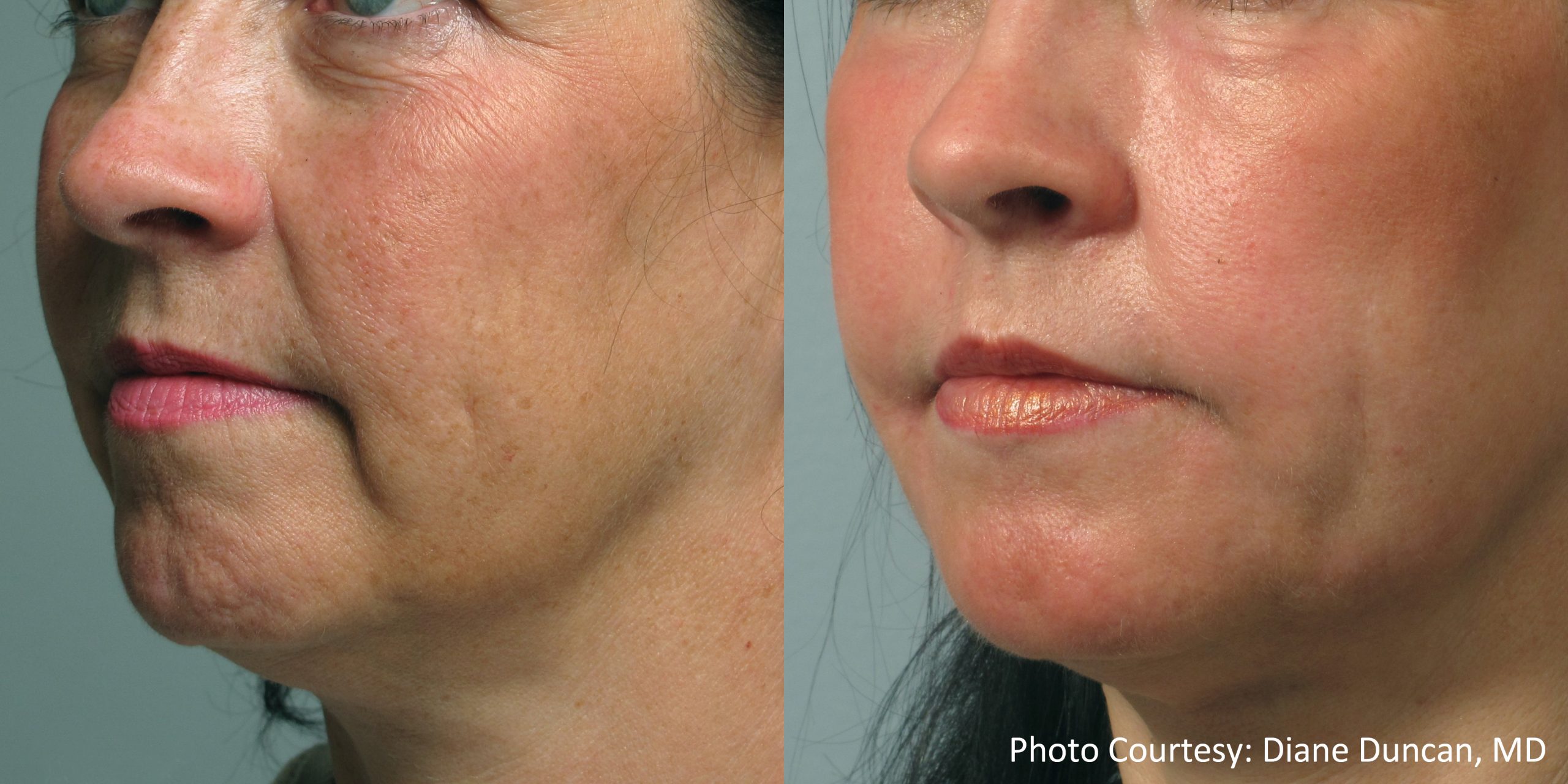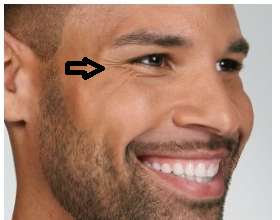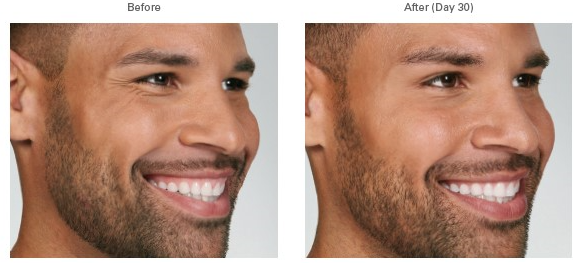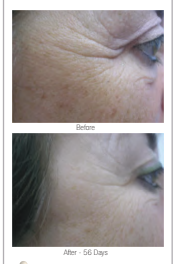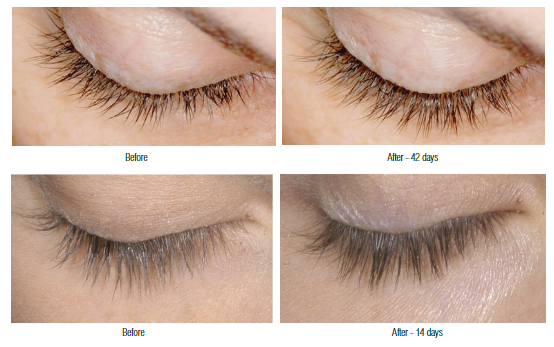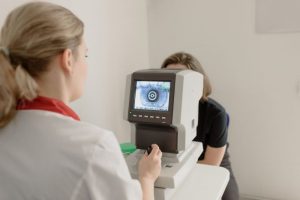
For individuals managing glaucoma, the use of eye drops is the first-line therapy for reducing intraocular pressure and advancement of glaucoma. However, an often-overlooked challenge that arises with these eye drops is the potential for dry eyes due to preservatives present in the formulations. Many patients with glaucoma may already deal with dry eye issues which are then worsened by these drops. Fortunately, alternatives like Durysta, Selective Laser Trabeculoplasty (SLT), and Minimally Invasive Glaucoma Surgery (MIGS) offer promising solutions to reduce dry eye discomfort while effectively managing glaucoma.
The Impact of Preservatives:
Many traditional glaucoma eye drops contain preservatives, such as BAK. While these preservatives help prevent contamination and prolong shelf life, they can also lead to ocular surface irritation and dryness. Due to the nature of glaucoma, patients will be on these medications for the long term. Prolonged use of these drops often disrupt the tear film and exacerbate dry eye symptoms.
Alternative Approaches:
1. Durysta – A Preservative-Free Option: Durysta represents a breakthrough in glaucoma management. Unlike traditional eye drops, Durysta is a preservative-free biodegradable implant that is injected into the eye. This approach allows for continuous treatment of the intraocular pressure without the need for eye drops. Clinically we have seen this treatment to last 6 months to 2 years.
2. Selective Laser Trabeculoplasty (SLT): SLT is a laser-based treatment that targets the trabecular meshwork, facilitating better drainage from the eye ultimately reducing intraocular pressure. Since it doesn’t involve eye drops, SLT eliminates the potential for preservative-induced dryness. SLT is a safe and effective option for glaucoma patients and can reduce the reliance on eye drops. We have also seen this to clinically be effective for 3-4 years. In fact, now, we are beginning to do SLT as a first line treatment and avoid drops altogether.
3. Minimally Invasive Glaucoma Surgery (MIGS): MIGS encompasses a range of procedures that address glaucoma while minimizing surgical trauma. These procedures often have lower risks and faster recovery times compared to traditional surgeries. These procedures can also be done in conjunction with cataract surgery. As they reduce the dependence on eye drops, MIGS procedures can alleviate dry eye symptoms associated with preservatives.
Choosing the Right Approach:
We work closely with our patients to determine the most suitable treatment plan based on the severity of glaucoma, overall eye health, and personal preferences. Factors like age, medical history, and lifestyle should be considered when evaluating options.
Benefits Beyond Dry Eye Relief:
While alleviating dry eye discomfort is a significant advantage of these alternatives, their benefits extend to overall glaucoma management. Compliance with medications is a big hurdle we struggle with in the treatment of glaucoma because it needs to be done daily without fail. Durysta provides consistent medication release, SLT offers targeted treatment without relying on drops, and MIGS procedures can potentially reduce the need for eye drops altogether. These options not only enhance patient comfort but also contribute to long-term glaucoma control and vision preservation.
In conclusion, addressing dry eyes caused by the preservatives in glaucoma eye drops requires exploring alternative treatments. Durysta, Selective Laser Trabeculoplasty, and Minimally Invasive Glaucoma Surgery offer innovative solutions that not only manage glaucoma effectively but also spare patients from the discomfort of dry eyes associated with traditional eye drops. It’s crucial that we engage with our patients to determine the best approach tailored to their specific needs.
Please contact Kuriachan Eye Institute to make an appointment.



